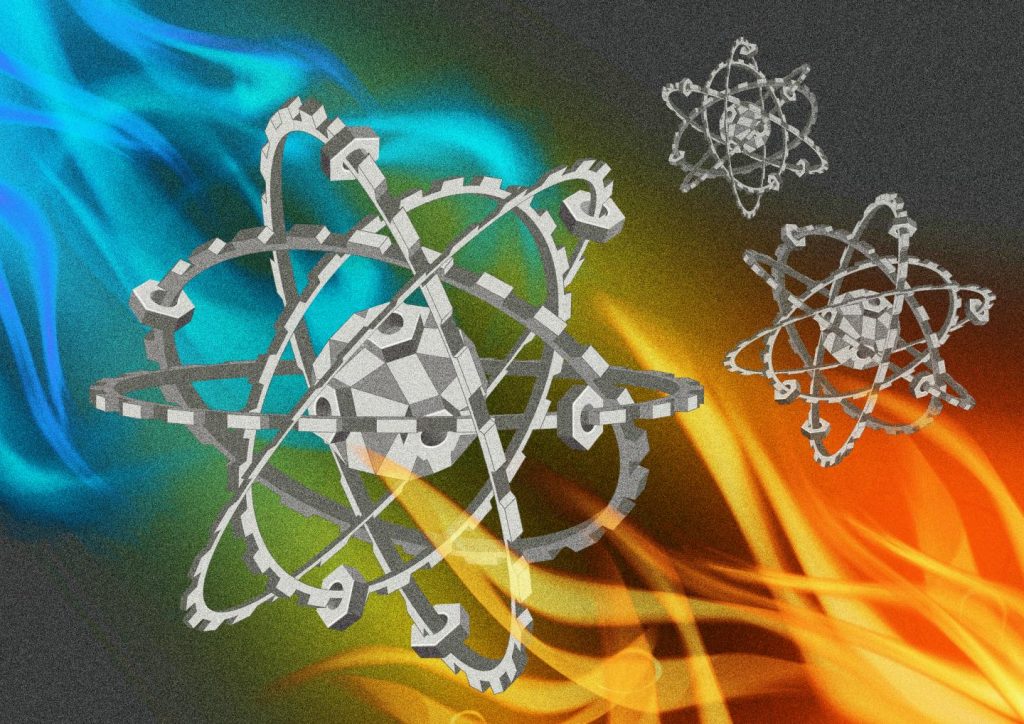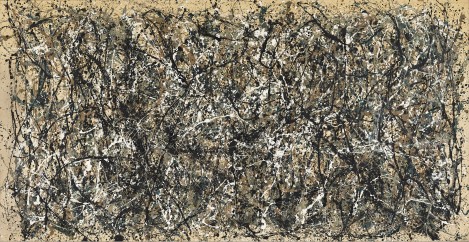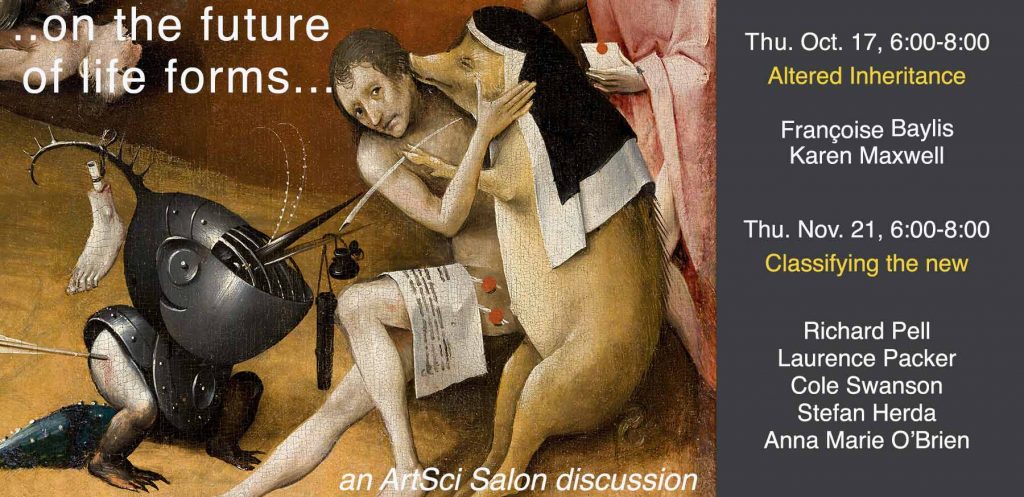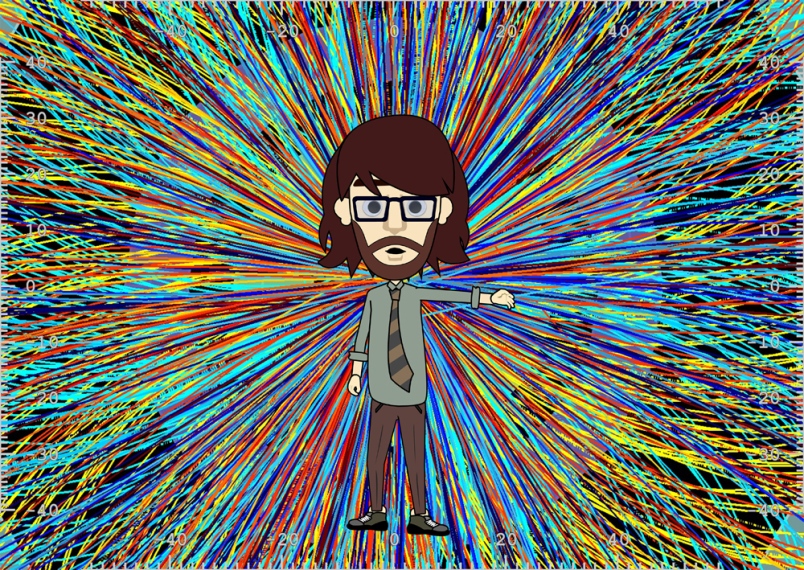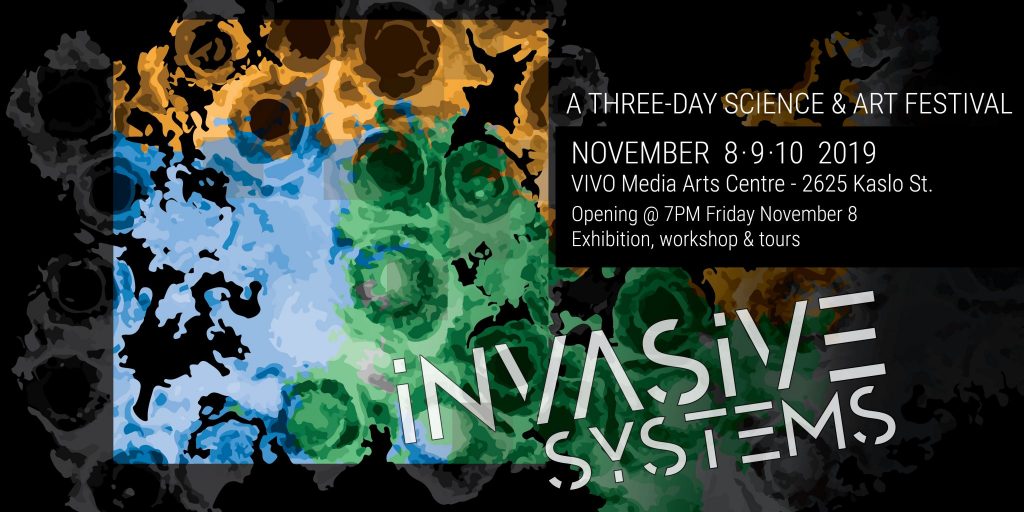Theories from mathematics, physics, and geology have been used to demonstrate that the earth’s basic shape is, roughly speaking, a cube. From a July 20, 2020 news item on ScienceDaily,
Plato, the Greek philosopher who lived in the 5th century B.C.E. [before the common era], believed that the universe was made of five types of matter: earth, air, fire, water, and cosmos. Each was described with a particular geometry, a platonic shape. For earth, that shape was the cube.
Science has steadily moved beyond Plato’s conjectures, looking instead to the atom as the building block of the universe. Yet Plato seems to have been onto something, researchers have found.
In a new paper in the Proceedings of the National Academy of Sciences [PNAS], a team from the University of Pennsylvania, Budapest University of Technology and Economics, and University of Debrecen [Hungary] uses math, geology, and physics to demonstrate that the average shape of rocks on Earth is a cube.
…
A July 17, 2020 University of Pennsylvania news release (also on EurekAlert but dated July 20, 2020), which originated the news item, goes on to describe the work as “mind-blowing,”
“Plato is widely recognized as the first person to develop the concept of an atom [Maybe not, scroll down to find the subhead “Leucippus and Democritus”], the idea that matter is composed of some indivisible component at the smallest scale,” says Douglas Jerolmack, a geophysicist in Penn’s School of Arts & Sciences’ Department of Earth and Environmental Science and the School of Engineering and Applied Science’s Department of Mechanical Engineering and Applied Mechanics. “But that understanding was only conceptual; nothing about our modern understanding of atoms derives from what Plato told us.
“The interesting thing here is that what we find with rock, or earth, is that there is more than a conceptual lineage back to Plato. It turns out that Plato’s conception about the element earth being made up of cubes is, literally, the statistical average model for real earth. And that is just mind-blowing.”
The group’s finding began with geometric models developed by mathematician Gábor Domokos of the Budapest University of Technology and Economics, whose work predicted that natural rocks would fragment into cubic shapes.
“This paper is the result of three years of serious thinking and work, but it comes back to one core idea,” says Domokos. “If you take a three-dimensional polyhedral shape, slice it randomly into two fragments and then slice these fragments again and again, you get a vast number of different polyhedral shapes. But in an average sense, the resulting shape of the fragments is a cube.”
Domokos pulled two Hungarian theoretical physicists into the loop: Ferenc Kun, an expert on fragmentation, and János Török, an expert on statistical and computational models. After discussing the potential of the discovery, Jerolmack says, the Hungarian researchers took their finding to Jerolmack to work together on the geophysical questions; in other words, “How does nature let this happen?”
“When we took this to Doug, he said, ‘This is either a mistake, or this is big,'” Domokos recalls. “We worked backward to understand the physics that results in these shapes.”
Fundamentally, the question they answered is what shapes are created when rocks break into pieces. Remarkably, they found that the core mathematical conjecture unites geological processes not only on Earth but around the solar system as well.
“Fragmentation is this ubiquitous process that is grinding down planetary materials,” Jerolmack says. “The solar system is littered with ice and rocks that are ceaselessly smashing apart. This work gives us a signature of that process that we’ve never seen before.”
Part of this understanding is that the components that break out of a formerly solid object must fit together without any gaps, like a dropped dish on the verge of breaking. As it turns out, the only one of the so-called platonic forms–polyhedra with sides of equal length–that fit together without gaps are cubes.
“One thing we’ve speculated in our group is that, quite possibly Plato looked at a rock outcrop and after processing or analyzing the image subconsciously in his mind, he conjectured that the average shape is something like a cube,” Jerolmack says.
“Plato was very sensitive to geometry,” Domokos adds. According to lore, the phrase “Let no one ignorant of geometry enter” was engraved at the door to Plato’s Academy. “His intuitions, backed by his broad thinking about science, may have led him to this idea about cubes,” says Domokos.
To test whether their mathematical models held true in nature, the team measured a wide variety of rocks, hundreds that they collected and thousands more from previously collected datasets. No matter whether the rocks had naturally weathered from a large outcropping or been dynamited out by humans, the team found a good fit to the cubic average.
However, special rock formations exist that appear to break the cubic “rule.” The Giant’s Causeway in Northern Ireland, with its soaring vertical columns, is one example, formed by the unusual process of cooling basalt. These formations, though rare, are still encompassed by the team’s mathematical conception of fragmentation; they are just explained by out-of-the-ordinary processes at work.
“The world is a messy place,” says Jerolmack. “Nine times out of 10, if a rock gets pulled apart or squeezed or sheared–and usually these forces are happening together–you end up with fragments which are, on average, cubic shapes. It’s only if you have a very special stress condition that you get something else. The earth just doesn’t do this often.”
The researchers also explored fragmentation in two dimensions, or on thin surfaces that function as two-dimensional shapes, with a depth that is significantly smaller than the width and length. There, the fracture patterns are different, though the central concept of splitting polygons and arriving at predictable average shapes still holds.
“It turns out in two dimensions you’re about equally likely to get either a rectangle or a hexagon in nature,” Jerolmack says. “They’re not true hexagons, but they’re the statistical equivalent in a geometric sense. You can think of it like paint cracking; a force is acting to pull the paint apart equally from different sides, creating a hexagonal shape when it cracks.”
In nature, examples of these two-dimensional fracture patterns can be found in ice sheets, drying mud, or even the earth’s crust, the depth of which is far outstripped by its lateral extent, allowing it to function as a de facto two-dimensional material. It was previously known that the earth’s crust fractured in this way, but the group’s observations support the idea that the fragmentation pattern results from plate tectonics.
Identifying these patterns in rock may help in predicting phenomenon such as rock fall hazards or the likelihood and location of fluid flows, such as oil or water, in rocks.
For the researchers, finding what appears to be a fundamental rule of nature emerging from millennia-old insights has been an intense but satisfying experience.
“There are a lot of sand grains, pebbles, and asteroids out there, and all of them evolve by chipping in a universal manner,” says Domokos, who is also co-inventor of the Gömböc, the first known convex shape with the minimal number–just two–of static balance points. Chipping by collisions gradually eliminates balance points, but shapes stop short of becoming a Gömböc; the latter appears as an unattainable end point of this natural process.
The current result shows that the starting point may be a similarly iconic geometric shape: the cube with its 26 balance points. “The fact that pure geometry provides these brackets for a ubiquitous natural process, gives me happiness,” he says.
“When you pick up a rock in nature, it’s not a perfect cube, but each one is a kind of statistical shadow of a cube,” adds Jerolmack. “It calls to mind Plato’s allegory of the cave. He posited an idealized form that was essential for understanding the universe, but all we see are distorted shadows of that perfect form.”
The human capacity for imagination, in this case linking ideas about geometry and mathematics from the 5th Century BCE to modern physics and geology and to the solar system, astounds and astonishes me. As for Jerolmack’s comment that Plato (428/427 or 424/423 – 348/347 BC) was the first to develop the concept of an atom, not everyone agrees.
Leucippus and Democritus
It may not ever be possible to determine who was the first to theorize/philosophize about atoms but there is relatively general agreement that Leucippus (5th cent.BCE) and his successor, Democritus (c. 460 – c. 370 BC) were among the first. Here’s more about Ancient Atomism and its origins from the Stanford Encyclopedia of Philosphy,
Leucippus (5th c. BCE) is the earliest figure whose commitment to atomism is well attested. He is usually credited with inventing atomism. According to a passing remark by the geographer Strabo, Posidonius (1st c. BCE Stoic philosopher) reported that ancient Greek atomism can be traced back to a figure known as Moschus or Mochus of Sidon, who lived at the time of the Trojan wars. This report was given credence in the seventeenth century: the Cambridge Platonist Henry More traced the origins of ancient atomism back, via Pythagoras and Moschus, to Moses. This theologically motivated view does not seem to claim much historical evidence, however.
…
Leucippus and Democritus are widely regarded as the first atomists [emphasis mine] in the Greek tradition. Little is known about Leucippus, while the ideas of his student Democritus—who is said to have taken over and systematized his teacher’s theory—are known from a large number of reports. These ancient atomists theorized that the two fundamental and oppositely characterized constituents of the natural world are indivisible bodies—atoms—and void. The latter is described simply as nothing, or the negation of body. Atoms are by their nature intrinsically unchangeable; they can only move about in the void and combine into different clusters. Since the atoms are separated by void, they cannot fuse, but must rather bounce off one another when they collide. Because all macroscopic objects are in fact combinations of atoms, everything in the macroscopic world is subject to change, as their constituent atoms shift or move away. Thus, while the atoms themselves persist through all time, everything in the world of our experience is transitory and subject to dissolution.
…
Although the Greek term atomos is most commonly associated with the philosophical system developed by Leucippus and Democritus, involving solid and impenetrable bodies, Plato’s [emphasis mine] Timaeus presents a different kind of physical theory based on indivisibles. The dialogue elaborates an account of the world wherein the four different basic kinds of matter—earth, air, fire, and water—are regular solids composed from plane figures: isoceles and scalene right-angled triangles. Because the same triangles can form into different regular solids, the theory thus explains how some of the elements can transform into one another, as was widely believed.
…
As you can see from the excerpt, they are guessing as to the source for atomism and thee are different kinds of atomism and Plato staked his own atomistic territory.
The paper
Here’s a link to and a citation for the paper followed by a statement of significance and the paper’s abstract,
Plato’s cube and the natural geometry of fragmentation by Gábor Domokos, Douglas J. Jerolmack, Ferenc Kun, and János Török. PNAS DOI: https://doi.org/10.1073/pnas.2001037117 First published July 17, 2020
This paper is behind a paywall.
Now for the Significance and the Abstract,
We live on and among the by-products of fragmentation, from nanoparticles to rock falls to glaciers to continents. Understanding and taming fragmentation is central to assessing natural hazards and extracting resources, and even for landing probes safely on other planetary bodies. In this study, we draw inspiration from an unlikely and ancient source: Plato, who proposed that the element Earth is made of cubes because they may be tightly packed together. We demonstrate that this idea is essentially correct: Appropriately averaged properties of most natural 3D fragments reproduce the topological cube. We use mechanical and geometric models to explain the ubiquity of Plato’s cube in fragmentation and to uniquely map distinct fragment patterns to their formative stress conditions.
Plato envisioned Earth’s building blocks as cubes, a shape rarely found in nature. The solar system is littered, however, with distorted polyhedra—shards of rock and ice produced by ubiquitous fragmentation. We apply the theory of convex mosaics to show that the average geometry of natural two-dimensional (2D) fragments, from mud cracks to Earth’s tectonic plates, has two attractors: “Platonic” quadrangles and “Voronoi” hexagons. In three dimensions (3D), the Platonic attractor is dominant: Remarkably, the average shape of natural rock fragments is cuboid. When viewed through the lens of convex mosaics, natural fragments are indeed geometric shadows of Plato’s forms. Simulations show that generic binary breakup drives all mosaics toward the Platonic attractor, explaining the ubiquity of cuboid averages. Deviations from binary fracture produce more exotic patterns that are genetically linked to the formative stress field. We compute the universal pattern generator establishing this link, for 2D and 3D fragmentation.
Fascinating, eh?
